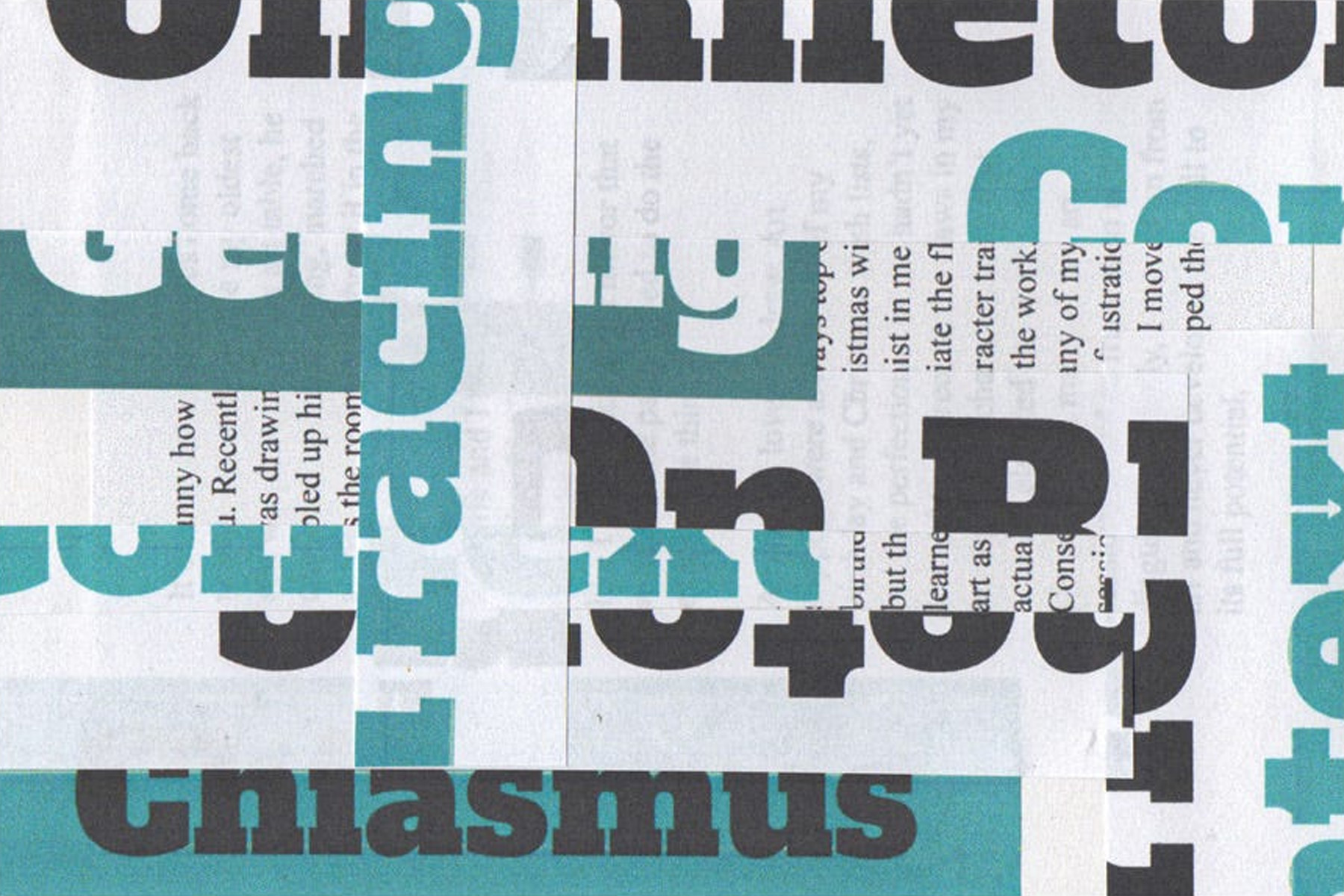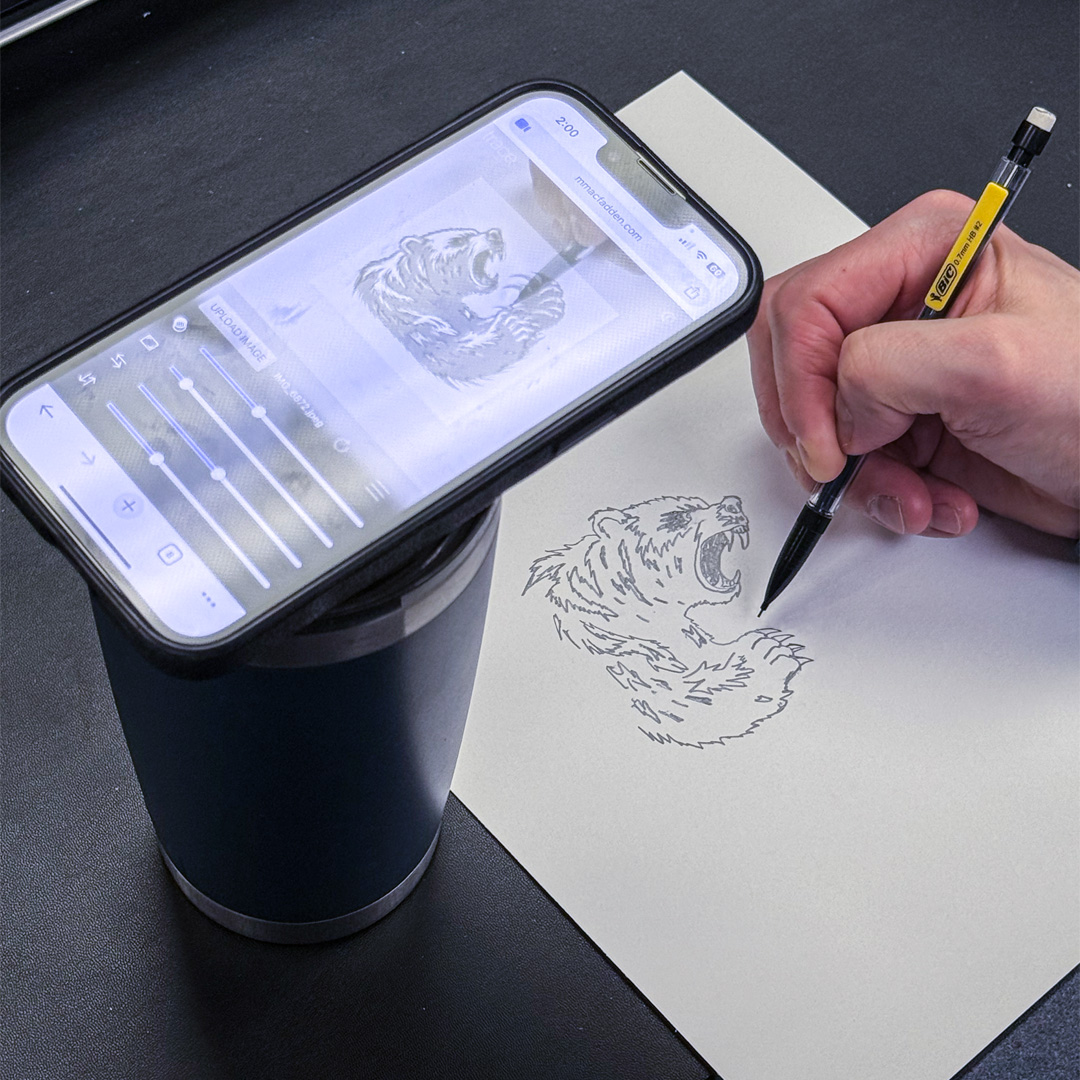Discover how rhetorical devices, context, and creative persistence influence storytelling, communication, and the way ideas take hold.

Hey Friends! January felt like a long month, didn’t it? Fortunately, we made it to the finish line. One more day to go. Let’s get into it.
On Rhetoric
As writing becomes a bigger part of my life, I’ve been delving into its deeper layers—particularly rhetoric, the art of using language to persuade, inform, and engage. I’ve found, like many things, the more I learn, the more I realize I don’t know.
Take, for example, John F. Kennedy’s famous quote:
Ask not what your country can do for you—ask what you can do for your country.
The structure creates a rhythm that makes the message stick, while the reversal of words challenges the audience to think differently. It turns out, Kennedy was leveraging a rhetorical device known as chiasmus—a device in which words or phrases are repeated in reverse order for emphasis with striking effect.
I first encountered the concept of chiasmus in the video below, where David Perell interviews author Mark Forsyth about the beauty of rhetorical devices.
I thought it might be fun to use chiasmus in this newsletter, even if it feels forced. So in the spirit of creativity, here goes:
I create not because I’m creative, I’m creative because I create.*
Takeaway: It’s hard to predict where new creative endeavors, like writing weekly newsletters, will lead you, but they will almost certainly open new doors and introduce you to new ideas, concepts, and, in my case, words.
*First reader to tattoo this quote on their body wins a year long paid membership to my newsletter.**
**There’s currently no difference between my free and paid newsletter.
Getting Started
I recently wrote about data visualization and how pictures sometimes put into words concepts that otherwise take forever to explain. I happened upon one such example recently. (great name) posted a chart of his Substack subscriber growth from January to December of last year. The chart features impressive growth over time, but what stands out most is the moment he identifies as being most proud of. See below:
It’s not at the end where his subscriber growth is highest, and it isn’t in July or October where notable surges are evident. It’s in mid-April, where after sitting at zero for over three months, he earns his first subscriber. That was the moment he actually got started.
I can’t speak to what held him back for all those weeks, but sometimes getting started is what’s hardest. Engaging in creative work and sharing it with the world can be scary—especially when that endeavor is new. It’s easy to worry about what others will think, and to let that get in the way.
But I’m reminded of a quote that the internet can’t seem to accurately attribute (Dr. Seuss, Mark Twain, Morgan Freeman? We’re not sure):
Those who mind don’t matter, and those who matter don’t mind.
If your worst fears come true and you receive hate for the work you put out, those people have actually done you a favor. You now know who to avoid going forward. They were never going to help you realize your goals anyway.
Takeaway: Sharing your creativity is hard, but it’s also the fastest way to find the people who truly appreciate your work.
Context Matters
I’m a big SNL fan. When I was younger, I used to dream of writing for the show. My childhood was basically one Adam Sandler quote after another (and to be quite honest, my adulthood isn’t much different).
As a lifelong SNL fan, I am partial to the casts of my formative years, but one of the funniest sketches to ever be performed took place in recent memory.
I’m talking about Nate Bargatze’s George Washington sketch. The premise is hilarious, the delivery is impeccable, it delivers poignant, albeit historical, social commentary without coming off as sanctimonious, and it’s appropriate for most ages.
But did you know the sketch almost didn’t make it to air? See Bargatze talk about it on the Rich Eisen show below:
According to Bargatze, at the writer’s table, the sketch fell a bit flat and was almost cut from the show entirely. It wasn’t until rehearsal, when it was performed in front of a live studio audience, that it became evident the sketch was a hit. This highlights the importance of context.
The way creative work is presented to its audience is often as important as the work itself. La Cucaracha is a delight at a Mexican restaurant, not so much at a funeral. There’s a time and place for everything.
Takeaway: If your work isn’t earning the reception you hoped for, experiment with the medium, timing, or even the audience. Sometimes, a small shift can reveal its true potential.
Mike’s Tracing App
It’s funny how memories come back to you. Recently, while my oldest son was drawing at his art table, he crumpled up his drawing, marched across the room, and threw it in the trash.
My wife and I both watched this transpire. She looked on with utter confusion. I, on the other hand, felt like I was looking in a mirror that reflected the past. I used to do the exact same thing.
As a kid, I loved to draw. Art supplies were always top of my birthday and Christmas wish lists, but the perfectionist in me hadn’t yet learned to appreciate the flaws in my art as distinct character traits that actually elevated it. Consequently, many of my art sessions ended in frustration, disgust, and tears. Eventually, I moved on from art and never developed the skill to its full potential.
I still love the idea of drawing though, and since I’m also a bit of a nerd, I hacked together a tracing app that allows me to put pen (or pencil) to paper to produce drawings that DON’T make me cry.
It’s called Mike’s Tracing App. Here’s how it works:
Upload an image from your phone
Rotate and size the image to fit in your screen
Place your phone on an elevated surface to the side of your paper (I prefer a Yeti travel mug)
Watch your writing utensil through the screen to trace your image

It’s a simple web app, so it doesn’t even require a download. Just click the link above (or here). If you use the app, I’d love to hear about it in the comments section below.
Takeaway: I don’t beat myself up over the fact that I’m “cheating” by tracing. At the end of the day, hobbies are about joy, not perfection or comparison. If tracing helps me create something I’m proud of, I’ll happily embrace it.
Rest is Productive
How often have you been working on a problem that you just can’t seem to crack? The solution may not be to work harder, but instead to stop altogether. reminded me of this in his post when he stated:
Teaching, learning, and exercise. They require effort. They require variation, They are complex endeavors. To make it fruitful, you need to incorporate rest. Rest is productive.
See the original post below:
I’m reminded of the range hood I recently installed in my kitchen. The mounting mechanism involved mounting a cleat to the wall that the flue lifted above and sat inside, but since the flue was supposed to be flush with the ceiling, it was impossible to rise above the cleat. I spent hours staring at the impossible to install kitchen appliance component and couldn’t come up with a solution. Knowing that I’d probably break something if I forced it, and at the insistence of my dad, I took a break for the day.
Later that night, while showering, it dawned on me that I didn’t need to use the cleat at all. Instead, I could construct a custom side mount bracket out of wood that would eliminate the challenge I was facing entirely. I’d been wasting my time trying everything I could to solve the wrong problem. I needed a different approach, but I’d become tunnel visioned and needed rest to give my mind time to refactor the problem subconsciously.
Takeaway: Sometimes, the best way to solve a problem is to step away and let your mind work on it in the background.
One More Thing
Good things are better when shared. If you liked this, it would mean the world to me if you sent it to someone who might like it too.
I’ll see you in your inbox again next week.
Until then,
-Mike